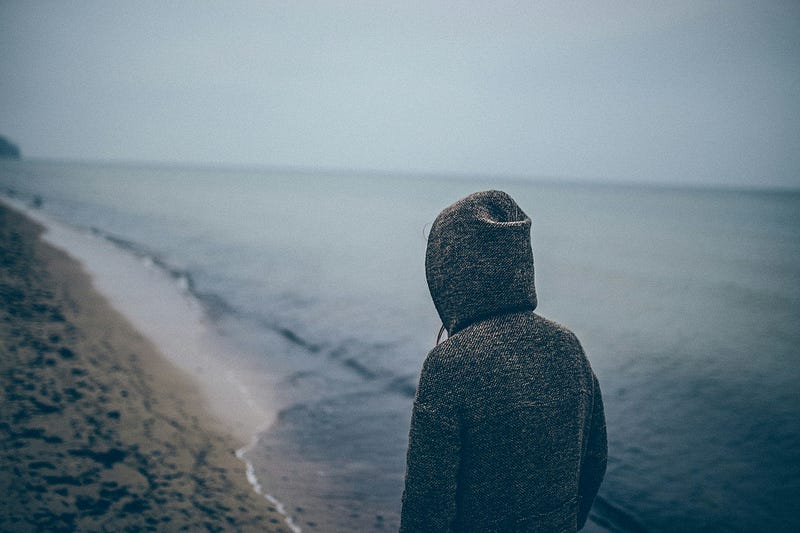# Understanding the Origins of Trauma: A Child's Perspective
Written on
Chapter 1: The Beginning of Trauma
I often ponder, "Where did it all begin?" Was it during that terrifying moment when a knife threatened her life, or was it the blood that stained the walls? At that young age, I lacked the understanding of such horror. Even now, some memories play out like distant dreams. Could it have truly happened that way? When you start to ask these profound questions about your past, you realize you’ve ventured into deep emotional territory.
There it is again: the haunting image of my mother in peril, battling for her survival. The same knife, the same blood. Surely, there must be a reason these memories linger. At just four years old, how could anyone process such trauma? For years, I buried these memories deep, only to rebel during my teenage years.
But where exactly did the trauma originate?
Yolanda Renteria, LPC, explains, “A child must learn to shield themselves from perceived dangers, and the methods they adopt to protect themselves ultimately shape their adult character.” This resonates with many young people in America who often feel overlooked and neglected. Some of them resign themselves to silence because certain tears are too painful to express.
Reflecting on the past can be an arduous journey, yet confronting our traumas is crucial for healing. Perhaps those haunting memories hold the key to your aspirations. They might offer valuable insights into who you are. This was certainly true for me.
I’m no expert, but my initial step was recognizing that I had a problem. I found myself bottling emotions inside. I had become overly cautious from a young age, constantly anticipating malice. This mindset stripped me of the ability to trust others. Indeed, facing the harsh realities of your trauma can be daunting. However, by confronting our fears, we can transform our pain into strength.
Many of my past experiences have ignited my drive to be a devoted provider and protector. In striving for a better life for our children, we can take the pain from our past and resolve to shield our families from similar suffering. While perfection is unattainable, we can learn to harness our traumatic experiences as a powerful motivator, keeping us vigilant.
As they say, there’s no instruction manual for parenting. We do our utmost despite our struggles with depression and regret. Often, we conceal our past, hoping our children can grow up free from trauma and heartache. Yet, it’s vital to periodically check in with ourselves to ensure our actions stem from love, rather than fear.
If someone emerges from a life surrounded by thieves, yet chooses to become a source of generosity, they are, in essence, a hero.
Section 1.1: The Impact of Childhood Trauma
Understanding the effects of childhood trauma is fundamental. The influences of early experiences shape our adult lives in profound ways.
Subsection 1.1.1: The Path to Healing

Chapter 2: Facing the Past
In this insightful video, Bessel van der Kolk, author of “The Body Keeps the Score,” explains the nature of trauma, its origins, and how it affects our lives. Understanding trauma is the first step toward healing.
This video offers practical advice on how to release trauma stored in the body, providing valuable techniques for those looking to navigate their healing journey.